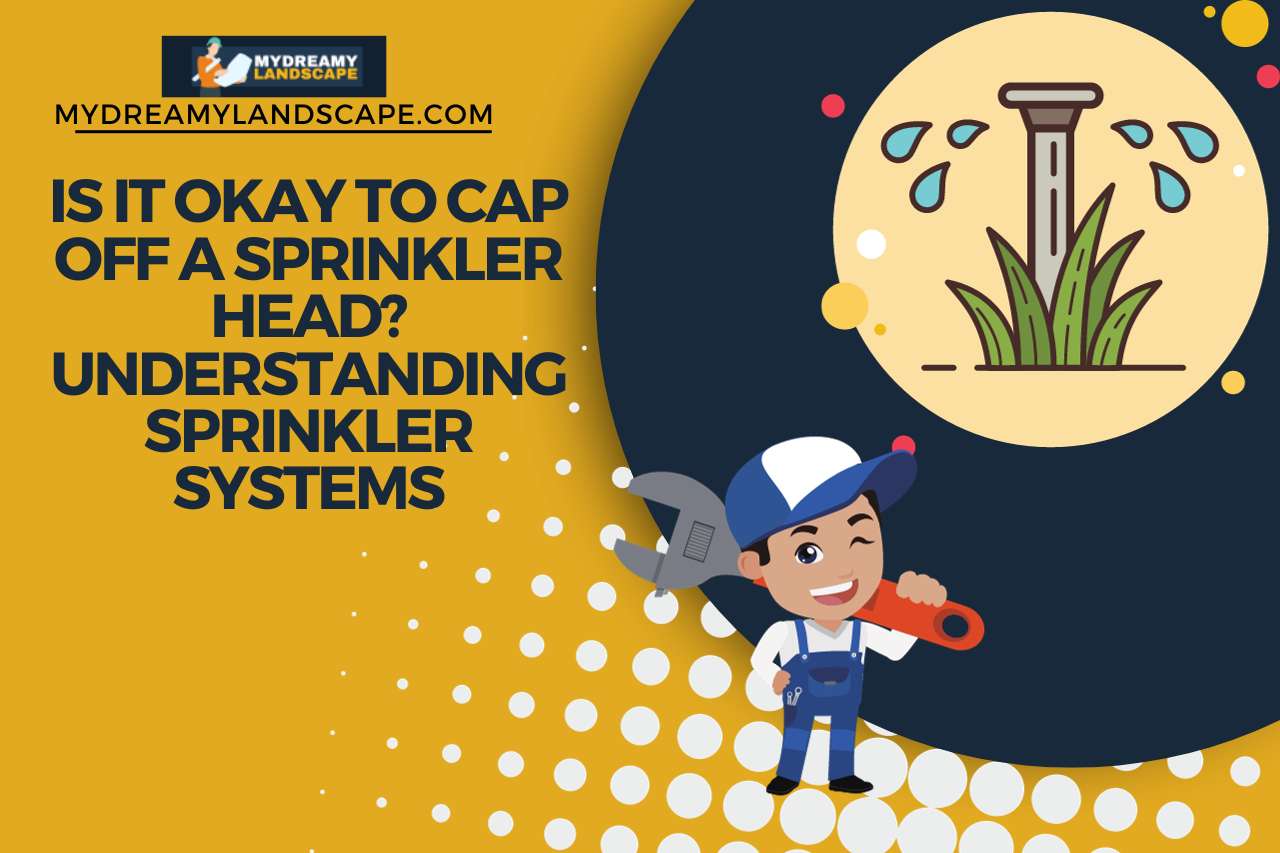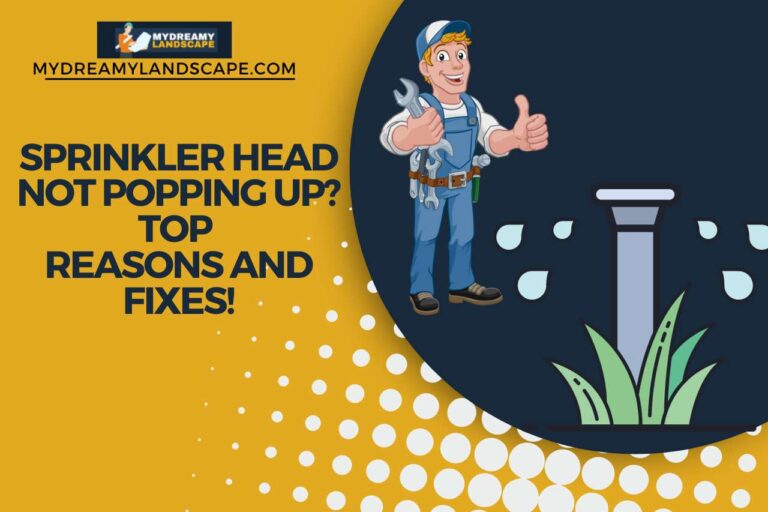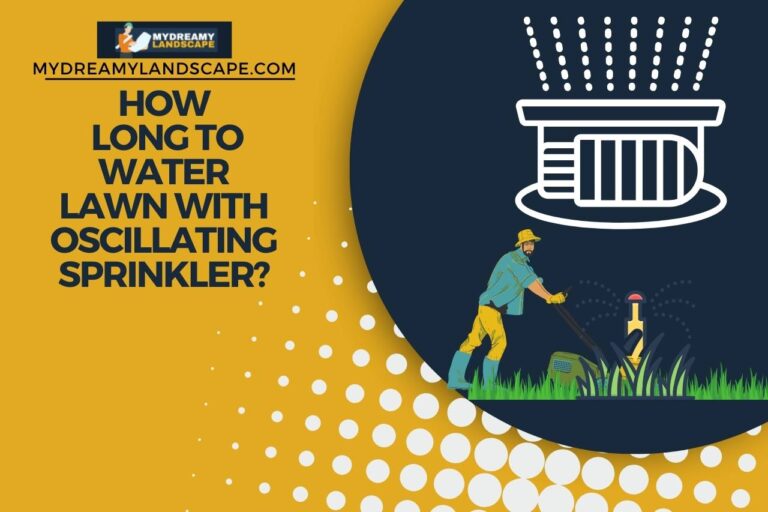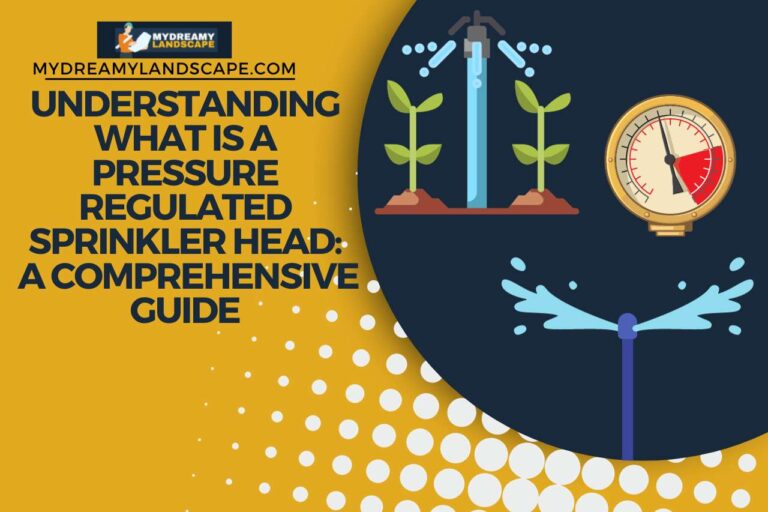Is It Okay to Cap Off a Sprinkler Head? Understanding Sprinkler Systems
When managing a lawn or garden irrigation system, there often arises a question that many homeowners and landscapers ponder: ‘Is it okay to cap off a sprinkler head?’ It’s not uncommon for changing landscaping needs or new garden layouts to render certain sprinkler heads redundant. Maybe you’ve installed a patio, shed, or some other structure and the sprinkler head in that area isn’t needed anymore. Or perhaps, for the sake of water conservation, you’re considering limiting the amount of watered zones.
Before making a move, it’s essential to understand the implications of such decisions and to ensure that the overall system remains effective.
Is It Okay to Cap Off a Sprinkler Head?
Yes, it’s okay to cap off a sprinkler head to consider its impact on the overall irrigation system and the reason for doing so.
Factors to Consider
- System Balance and Distribution: Capping can significantly affect the water pressure and distribution throughout the sprinkler system. Remember that altering one section might lead to unintended watering consequences in other areas.
- Purpose Behind Capping: The need to cap might arise from permanent landscaping alterations, like transitioning from a lawn to a hardscape area. However, for transient modifications, it might be more prudent to look into alternative solutions rather than capping.
- Water Conservation: Depending on your geographical area, water conservation might be a priority. Capping unnecessary sprinkler heads can be an effective way to reduce water wastage.
- Maintenance Considerations: Over time, caps can become damaged or may deteriorate. It’s crucial to check capped heads periodically to ensure there are no underground leaks which can waste water and potentially damage the landscape.
- Environmental Impacts: Capping certain heads, especially in larger systems, can potentially impact local ecosystems. For instance, if your system waters plants that local fauna relies on, changing the watering dynamics might influence that ecosystem’s health.
When You Should Cap Off a Sprinkler Head?
The most appropriate time to cap off a sprinkler head is when certain areas no longer require irrigation or when there are changes in your landscaping design that make the sprinkler redundant.
Understanding when to cap off a sprinkler head is vital for maintaining an efficient irrigation system. Here are some common reasons:
- Landscaping Redesign: Perhaps you’ve added a patio, deck, or other hardscapes. These changes mean the previous watering pattern is no longer necessary.
- Overwatering Concerns: If an area is consistently too wet, leading to waterlogged plants or grass, it might indicate that the zone doesn’t need as much hydration. Capping off can aid in conserving water and ensuring the health of your plants.
- System Efficiency: As your landscape matures, the need for watering can change. Mature plants might require less water than newly planted ones. Regularly reassessing which sprinkler heads are vital can help maintain optimal system efficiency.
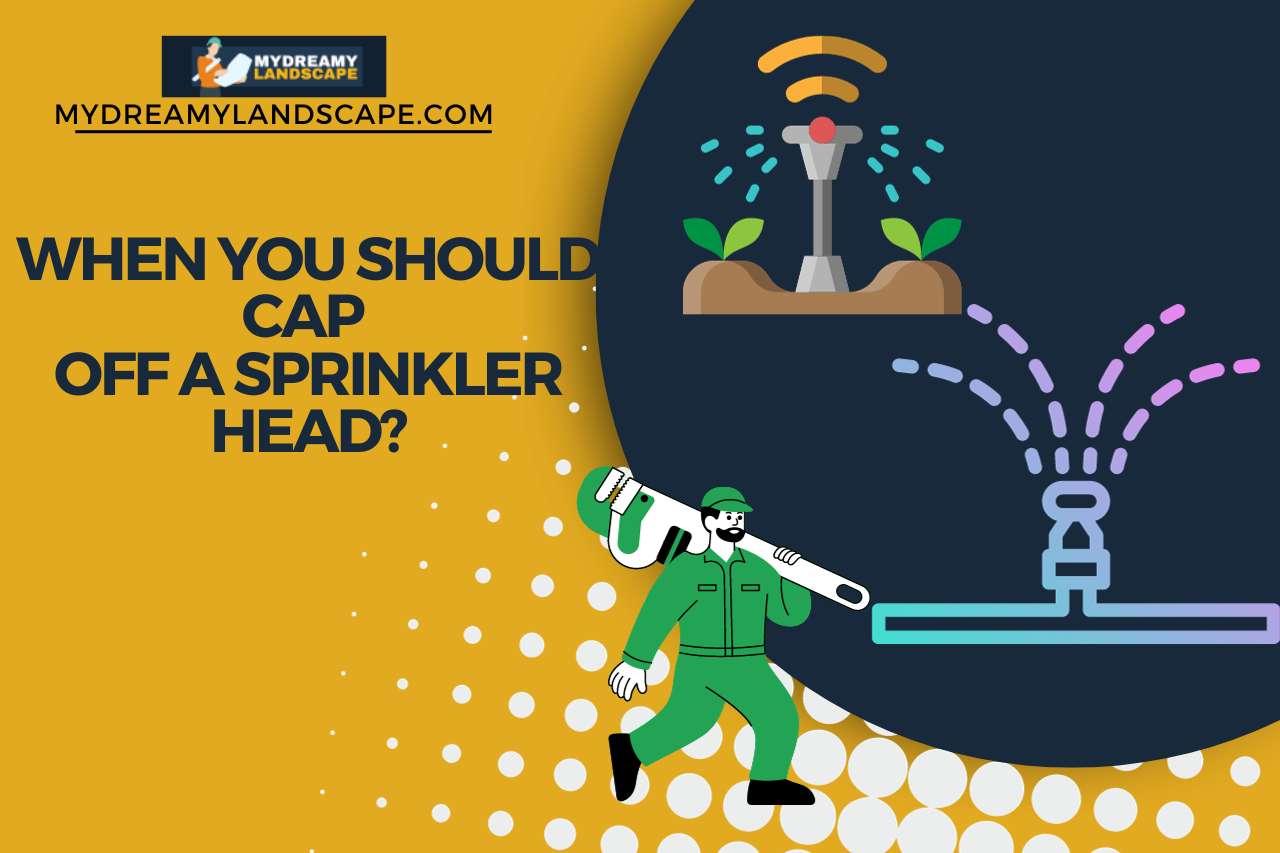
Pros and Cons of Capping Off a Sprinkler Head
In determining when you should cap off a sprinkler head, it’s essential to weigh the advantages and disadvantages of doing so.
Pros
- Water Conservation: One of the primary benefits of capping off a sprinkler head is the potential for water savings. This not only reduces your water bill but also promotes environmentally friendly gardening practices.
- Focused Watering: By capping off unnecessary heads, you can ensure that the water is directed only where it’s needed, leading to healthier plant growth.
- Reduction in Maintenance: Fewer active sprinkler heads mean less maintenance in terms of cleaning, repairs, and replacements.
- Adaptability to Landscape Changes: As your garden evolves, certain areas may no longer need watering. Capping offers flexibility in adapting to these changes without overhauling the entire system.
Cons
- System Imbalance: Altering the original setup can affect the water pressure and distribution in the entire system. This might inadvertently cause over- or under-watering in other areas.
- Potential for Future Needs: If capped incorrectly or if future landscaping requires that head, it can be a hassle to reactivate.
- Aesthetic Concerns: Unused capped heads might become noticeable and may affect the overall look of your garden.
- Cost Implications: While capping off might save on water costs, there’s an initial expense involved in buying the caps and possibly hiring professionals for the task.
What is the Best Method to Stop a Sprinkler Head?
The best method to stop a sprinkler head is by shutting off the water supply to that specific zone or to the entire system.
When faced with an active sprinkler that you wish to stop, the immediate step is to locate the valve controlling that zone and turn it off. However, for a holistic approach:
- Identify the Zone: Before turning anything off, determine which zone the sprinkler head belongs to. Modern irrigation systems divide the lawn into multiple zones.
- Shut Off the Zone Valve: Each zone has a corresponding valve. Locate the valve box, usually a green rectangular box in the ground. Open it and turn the valve for the specific zone to its ‘Off’ position.
- Central Control: If you have a centralized irrigation control system, you can shut off the specific zone using the control panel. This is especially useful if you can’t access the valve box immediately.
- System-Wide Shut-Off: In cases where you can’t determine the exact zone or need to stop all sprinklers, there’s usually a main shut-off valve for the entire system. Turn this off to halt all sprinkler activity.
- Maintenance Check: Once the sprinkler is off, it’s a good idea to check for any signs of damage or leakage. Regular inspections can prevent larger issues in the future.
Understanding how to control your sprinklers ensures you water your garden efficiently while avoiding wastage. Always refer to the user manual or seek professional advice for specific models or more complex systems.
Here’s An interesting video To Watch,
VIDEO CREDITS: DIY GEEK YouTube Channel
You May Also Like
